5G offers ultra-fast speeds and mobility in a way that previously was not possible. Compared to the 4G network, 5G is already set to be as much as 20 times faster than 4G, with speeds of up to 20 gigabits per second. To put this into perspective, 4G LTE has a peak speed of just 1 gigabit per second. This will change the way we do business, travel, communicate, and live our day-to-day lives.
Most of these changes will come through unleashing the full potential of connected devices, otherwise known as the Internet of Things (IoT).
Combined with 5G technology, the proliferation of ‘smart devices’ & artificial intelligence (AI) is expected to drive further innovation of IoT, resulting in greater technological milestones and new levels of economic growth.
IoT technologies such as machine-to-machine communication combined with the ultra-fast 5G network are set to drastically change the landscape of various industries. We will begin to see IoT-connected businesses that rely on greater automation, including industry-specific functional needs.
For example, retail workers equipped with augmented reality (AR) and virtual reality (VR) headsets will be able to make important stock/inventory assessments on the floor while connected to the 5G network. Since IoT devices and data simulate every business process, errors or mistakes that may have been missed can be picked up through simulations, improving business efficiency and service.
5G is the next leap forward in mobile network technology. Succeeding the 4G network, 5G builds on the foundation of 4G, bringing a more seamless and faster data experience.
Right now, 4G LTE is operating on lower radio frequency bands of up to 6GHz, whereas the 5G frequency band will be able to handle anywhere between 30GHz and 300GHz. Because 5G can operate at such a high frequency, network speed will be the fastest of any and will be able to support massive data transfers.
Since 5G has the capacity to handle up to a million devices per square kilometre, you will experience fewer issues with dropped connections like you do on the 4G network. Along with 1G, 2G, and 3G networks, 4G relies on an orthogonal frequency multiple access. These are allocated time slots dedicated to each user device. The more devices on the same frequency jostling for these time slots, the more we experience latency and reduced bandwidth. With 5G, we will see increases in data rate and bandwidth, improved network coverage, and reduced end-to-end latency which are all important properties to support IoT devices.
By using non-orthogonal multiple access (serving more than one user in the same time slot), we can squeeze in a lot of IoT users/devices with different quality of service requirements. In this sense, the concept of non-orthogonal approaches is very exciting and perfect for the Internet of Things. Such improvements and achievements in speed delivery will make way for innovative IoT solutions to support various industries.
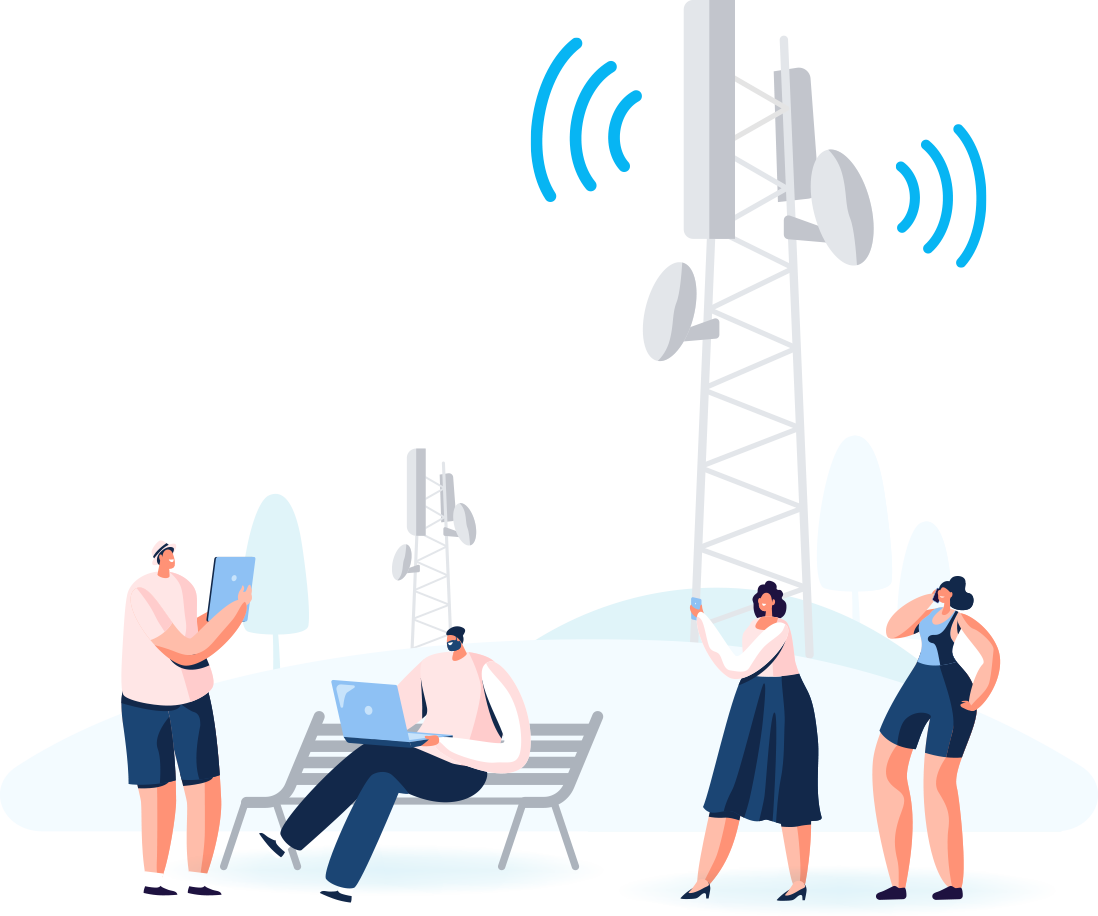
The First Generation mobile networks emerged in Japan in 1979, before beginning its rollout to other countries such as the USA and UK. The First Generation network was based on an analogue technology known as Advanced Mobile Phone System (AMPS) which used Frequency Division Multiple Access (FDMA) modulation, offering a channel frequency of 30KHz and a speed of 2.4kbps. 1G could only support voice calls and suffered from reliability interference and also limited security against hackers.

In 1991, the 2G network was introduced. This time based on digital signalling technology; Global System for Mobile Communication (GSM). 2G offered bandwidths of 30KHz to 200KHz, allowing users to send SMS and MMS as well as voice calls.

In 2000, the 3G network emerged, heralding a change in the way mobile phones were used. At this time, the GSM-based 3G network supported high-speed data and greater data transfers enabling users to not only make calls, send messages, and share media, but also surf the web and even watch TV online. Today, 3G is still used as a backup for the 4G network.

4G is the first generation to harness Long-Term Evolution (LTE) technology to deliver even greater download speeds, reduced latency, improved voice quality, and better streaming. 4G was rolled out in 2011, and is the first Internet Protocol (IP)-based mobile network, enabling internetworking and broadband-based software solutions. 4G supports download speeds of between 10Mbps and 1Gps and remains a highly reliable global mobile network.

5G represents not just an improvement on the current 4G network, but a revolution in the steps toward a more reliable and faster connection. Due to its incredible speeds, the 5G network will be able to support more sophisticated technologies that require pinpoint accuracy and mobility. 100 times faster than the 4G network, higher data speeds and lower latencies will enable real-time response rates as well as comfortably support the growing number of IoT devices and sensors that are unable to be satisfied by the current 4G network.

5G cellular technology is set to deliver higher multi-Gbps peak data speeds, increase network capacity, and provide ultra-reliable low latency communication for a more uniform and efficient experience.
5G is the fifth generation cellular network. It succeeds the 4G network as the new global wireless standard. What does this mean?

5G is designed to connect virtually everyone and every device together

5G will be at least 10 times faster than the current LTE network and designed to support a 100x increase in traffic capacity

5G will enable users to operate more devices remotely, improving the way industries work and maintain efficiency

5G supports more connected devices and IoT devices
Thanks to the lightning-fast speed of the 5G network, home Internet will shift from a wired broadband setup to home wireless. For consumers, this means faster speeds and more connected devices around the home. Users will be able to download a 2-hour movie in just 3.6 seconds. At the same time, they’ll be able to fully automate all connected devices around the home including home security systems, energy, lighting, and so much more.
5G has notable implications for businesses through streamlined operations, greater data collection and increased automation. 5G will connect many more IoT devices, enabling businesses to streamline their operations.
With 5G IoT, industries can see a more reliant use of robots and AI to conduct labour-intensive tasks. Possibilities also exist for the healthcare industry where 5G and IoT can combine to revolutionise the way diagnoses are made and surgeries performed. For the transport and logistics industries, 5G will connect communities and enhance the way we move with the advent of self-driving vehicles and smart cities.
5G will also help consumers to control more devices remotely in applications where real-time network performance is vital - such as operating heavy machinery in hazardous environments. In this way, 5G IoT will not only help us become more efficient, but safer too.
With global data volume increasing on a daily basis, 5G has become a necessity from a consumer viewpoint. In this current trajectory, today’s IoT and existing technologies will no longer be adequately met by a 4G-powered world. IoT needs 5G in order to operate smarter, faster, and more effectively.
5G’s ability to support a massive number of static and mobile IoT devices means that new and upcoming technologies that rely on increased connectivity speeds can be served. Existing IoT technologies such as VR and AR will be improved, opening up possibilities for its deployment in a range of industries.
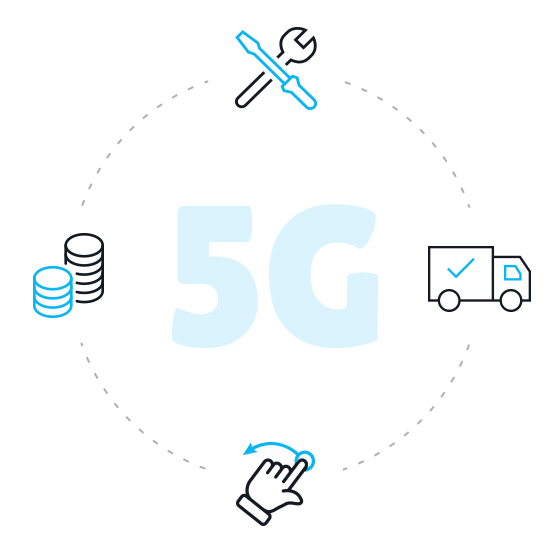
5G’s wide mobility, low latency, and reliability mean that autonomous technologies can perform at a far superior level. In the wind and solar industries, 5G along with IoT is helping to forecast weather more intelligently. Smart sensors enabled by 5G will further accelerate automated processes, allowing machines in manufacturing industries to update and operate intelligently.
In retail, AI-powered fitting rooms can suggest outfits to customers and display them on a screen with the push of a button.
Remote vehicle operating and monitoring of shipping vehicles within the supply chain industry will now happen in real-time with 5G enabled IoT trackers
In smart city setups, 5G will further advance the IoT by enabling the automation of utility departments such as gas, water, waste management, and traffic monitoring.
5G will see the advancement of many IoT projects and supporting industries, including:


The automotive and transport industries are set to benefit from the 5G network with the introduction of IoT 5G-powered telematics applications such as vehicle diagnostics, GPS tracking, and user-based insurance. Within the supply chain industry, 5G and IoT will help to track large shipments and containers more precisely; even having the ability to monitor the contents remotely and track shipments for a more predictable and reliable service.
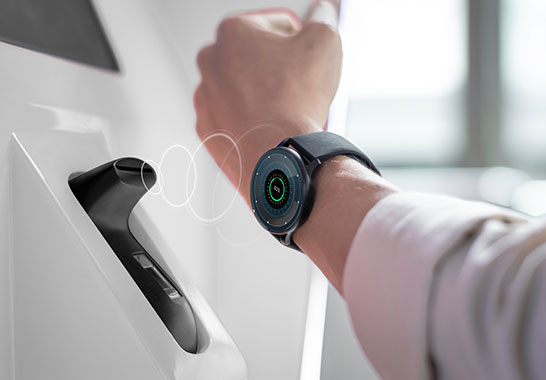
5G connectivity will be able to deliver instant information to drivers and passengers in the form of weather forecasts, traffic conditions, as well as more data-intensive in-car entertainment such as videos and music. With 5G technology, connected cars that can share internet access and data inside or outside the vehicle will make commuting to and from work, navigating traffic and weather forecasts, and accessing news updates instantaneous - creating a more efficient and safer drive. This will be important for self-driving vehicles, where access to aggregate data will allow them to navigate traffic obstructions and conditions with greater safety.
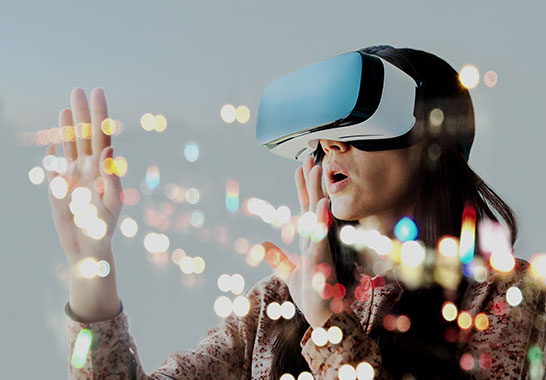
Retail stores will be able to change the way they deliver customer service with AI and Augmented Reality (AR) technician assistance. 5G and IoT will provide the bandwidth and workload needed for technicians to train, manage business processes, offer guidance, and assist people using virtual and augmented reality. Through a VR headset, store technicians can monitor and assess in real-time, cyber-physical representations of their storefront. This can be used to assess low stock, spot sales opportunities, create shop displays, and generate relevant offers and discounts based on data-driven predictive models. IoT smart devices can also be used to manage stock levels, find shelf gaps, and identify misplaced items for a retail store that is always customer and sales-ready.

5G-enabled augmented and virtual reality applications can change the way customers shop. The future of the in-store experience will allow customers to be instantly given clothing recommendations based on their own recommendations and customisations, and have people or robots find and deliver them their items. 5G can also enable AR customer service, with AI having the ability to provide customer support, recommendations, and solutions. Customers will also experience smart fitting rooms that can virtually project clothing on them without having to physically get dressed.
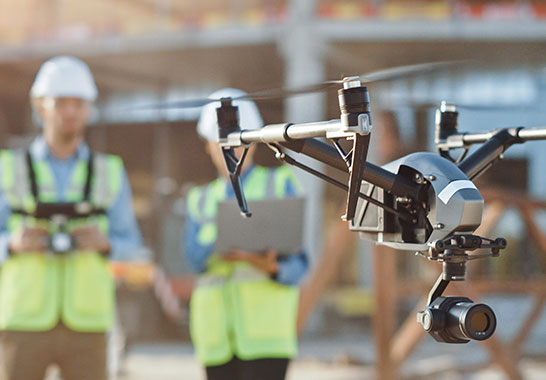
Potential 5G edge solutions within the manufacturing industry include remote-controlled robotics and real-time video analysis. Technicians within the manufacturing industry often deal with remote or difficult to access machinery when performing maintenance checks. With 5G IoT, smart drones and remote cameras can inspect equipment and send images and other data to a connected device and the cloud for automated detection and maintenance. This technology will be highly useful for technicians working on utility poles, transformers, and constructions such as bridges or traffic tunnels. In manufacturing, visual inspection of production lines will improve product quality control by instantaneously sending AI-analysed images to spot any defects or inconsistencies. This can help catch early indications of problems and ensure the quality and functionality of both product and assembly line equipment.

Artificial Intelligence (AI) will revolutionise industrial automation when on the powerful 5G network. The high-capacity, low-latency, and highly connected network will be able to generate faster assembly lines and power remotely-operated machinery driven by AI. This intelligence coupled with edge computing and 5G connectivity will add up to a system that can reprogram equipment and machinery without the need for human intervention. This will make manufacturing floors and assembly lines safer to operate in and improve quality control practices while reducing operating costs.

5G will improve existing telehealth services and capabilities. Increased data capabilities and new Cloud technology will have the means to amass and analyse large amounts of data and fine-tune therapies to deliver real-time diagnoses and treatment for patients everywhere. AI-assisted technology means more accurate modelling to help doctors deliver accurate telemedical diagnoses and treatments as well as perform examinations remotely on a computer or smartphone. Faster connected devices on the 5G network will help doctors to track vital signs and provide the correct support without having the patient be physically present.
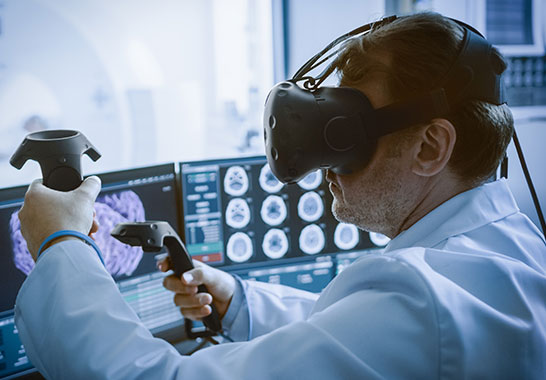
Robotic surgery exists within the medical world today, however, with the advent of 5G robotic surgery can happen remotely - without a surgeon having to be inside the operating room. This can help surgeries that are high-risk or in cases where patients or surgeons are in remote locations. 5G connects a surgeon in a remote location to a surgical robot where they can then perform remote robotic surgery using a mobile connection. This can also be adapted for training purposes. Virtual reality and robot-assistance can help aspiring surgeons and medical professionals to perform major surgeries virtually.

With 5G assistance, paramedics and emergency response teams seamlessly and quickly access a patient’s medical history from inside a connected ambulance. This information can then be instantly sent to the emergency room so hospital staff can begin preparations before the patient arrives. 5G connected health will dramatically reduce costs for both patients and medical providers while making life-saving decisions in real-time.
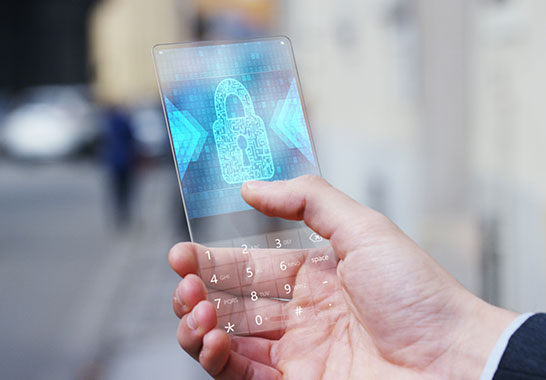
A 5G connection means existing smart home devices and gadgets will be able to work faster and more efficiently. It will also support new smart home technologies such as security alarm systems that can be accessed and controlled remotely from any location. This will change the way homeowners protect their property and loved ones. With rapid response rates, any suspicious activity will be transmitted instantly to a connected device or cloud platform and used to help authorities locate potential burglars or criminals.
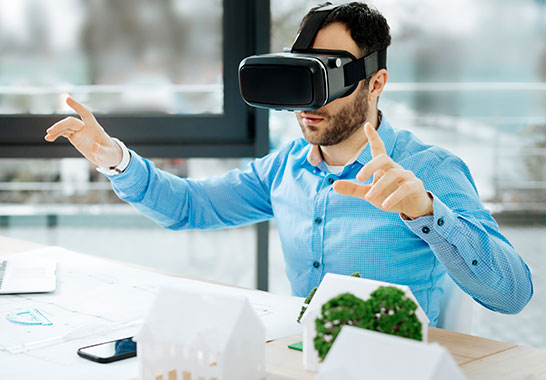
5G can also make way for remote VR technology where home and property owners can go on virtual walkthroughs within their home even when they aren’t physically there. This can assist in home security checks as well as aid in redecorating and design, and preparing a home for sale. In such cases, 5G will not only improve the efficiency of a household but also boost a property’s value and showcase further possibilities in the home.
5G and IoT will serve as an important basis for Australian businesses. The capabilities associated with the 5G network will herald a rapid change in the way businesses and consumers access and implement this technology.

5G brings many opportunities for businesses to save on costs by allowing a more quick and efficient workplace.
With the advent of 5G IoT, more businesses can adopt remote working setups, reducing the cost of office overheads and streamlining services. Smart and automated transport will also ensure that there’s less time commuting, enabling employees to work more efficiently. Initial costs of 5G-supported infrastructure may be expensive for some businesses, however, provisions may be made by major telcos to support businesses by offering new classes of services for businesses.
One of the most obvious impacts of 5G is its potential to change consumer habits. Customers in a 5G world will have heightened expectations, and businesses need to meet these expectations by staying ahead of the curve. This means adopting IoT technologies such as VR experiences and cloud computing to deliver more efficient, reliable, and value-driven customer experiences.
5G IoT reaches new dimensions in all aspects. The new technology will bring an increase in network accessibility, allowing more devices to be connected at any one time.
5G accessibility will improve for people and businesses, but it will take some time as it’s still in the early stages of rollout. In particular, remote areas may have to wait longer to get the full benefits of a 5G-powered mobile network.
Preparing for the widespread arrival and implementation of 5G, businesses can start by ensuring that any new IT project’s systems are 5G-compatible and can transition to the network as soon as it becomes available. It’s also wise for businesses who are significantly impacted by the technology to adopt a comprehensive IT solution that includes 5G-ready technicians who can take the lead in your 5G strategy and implementation roadmap. Lastly, businesses can contact their company’s telecom provider for further information and assistance with the 5G network to ensure their implementation is seamless.

Our local Australian-based staff are here to provide you with dedicated customer service care along with 7-day technical support to ensure your 5G implementation is fast and painless.